Epping Forest District Council
The Essex-Herts Digital Innovation Zone (DIZ), a partnership of five district councils, county council, health, education, voluntary and private sector organisations, has come together to explore digital opportunities to boost economic growth and community wellbeing and a project team, lead by Epping Forest DC with Princess Alexandra Hospital, West Essex CCG and Essex Partnership University Trust and involving East of England Ambulance Service is exploring ways of enhancing the flow of patient health information to ambulance crews at the time of emergency care situations and on to the emergency care teams at the acute hospital. It is planned to pilot two digital technology solutions – one, internet based access to patient information via on-board laptops, tablets or smartphones that will enable the crews to make informed decisions about patient care and whether to convey to A&E and two, internet based live access via Skype or Live Chat systems to access advice, direction and consultancy that could influence decisions to convey. Developing these solutions could also enhance the onward sharing of information to A&E so that they are better informed of patient conditions before arrival. The pilots will address technical and information sharing barriers and identify the key information requirements of crews.
Discovery evidence
Princess Alexandra Hospital is, on certain measures, one of the busiest A&E hospitals in the country and struggles to cope with demand and targets for A&E treatment times. The DIZ project team took part in the LGA / Design Council ‘Design in the Public Sector’ programme to address this challenge and undertook insight gathering initiatives including embedding within an ambulance crew to observe emergency care in practice. Lack of patient information at the time of care was identified and focus groups and prototyping exercises have identified a range of information crews would like access to as well as the live connectivity to A&E and GPs that would help them make informed clinical decisions to not convey the patient to hospital. The team is working now to improve information flow to the ambulance crews using appropriate technology so that they are able to utilise their paramedic skills to make informed decisions about whether to leave at home or convey to A&E. The hospital estimates that reducing A&E conveyances by just 3-4 patients per day would relieve sufficient pressure and Lord Carter of Coles’ recent report has reaffirmed the need to ensure ambulance crews are modernised to enable access to patient information.
- Digital leadership training (for council leaders, service managers or senior executives)
- Digital and agile awareness
- Agile for teams
 UK Ministry of Housing, Communities and Local Government (MHCLG)
UK Ministry of Housing, Communities and Local Government (MHCLG) 